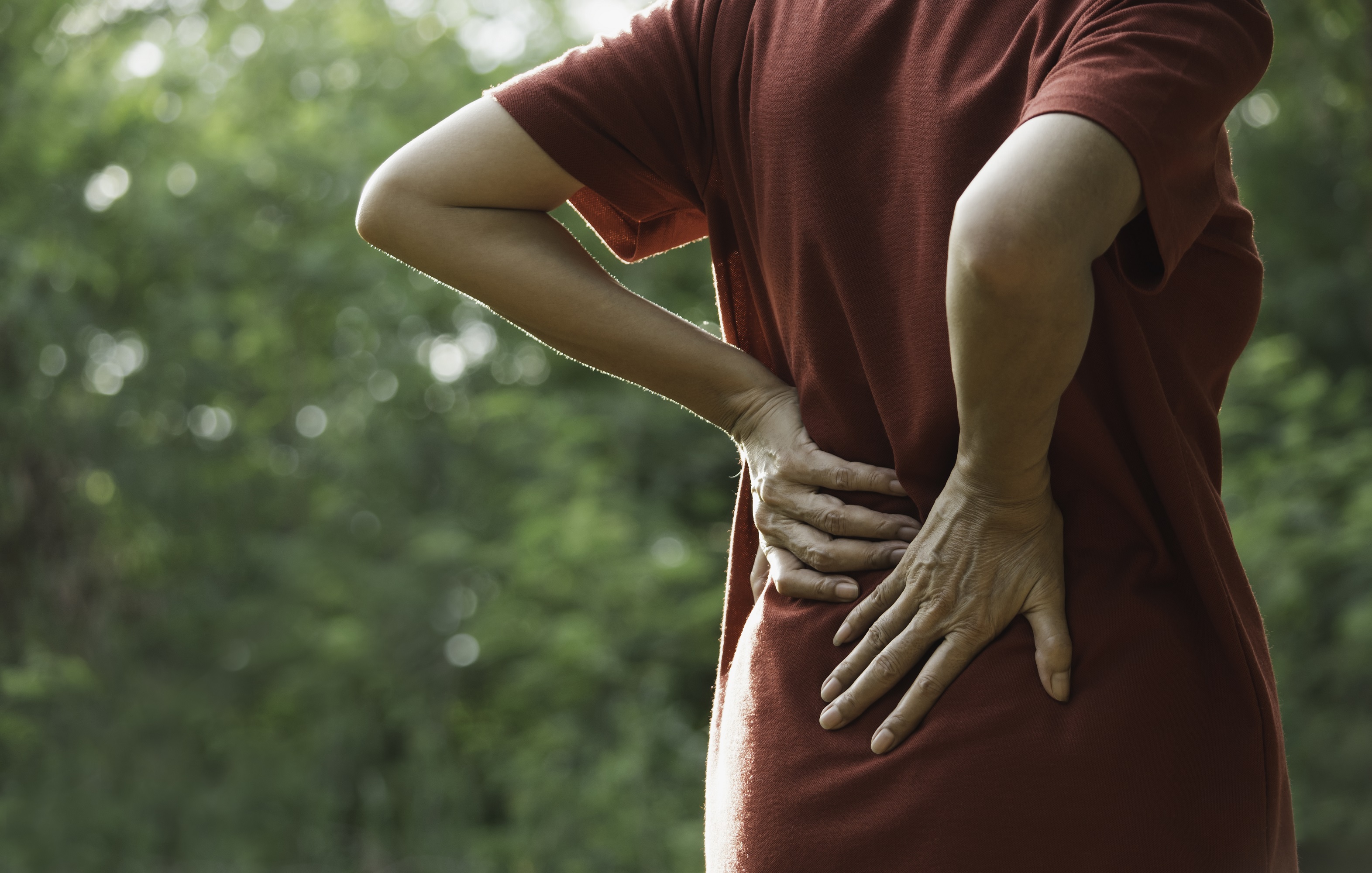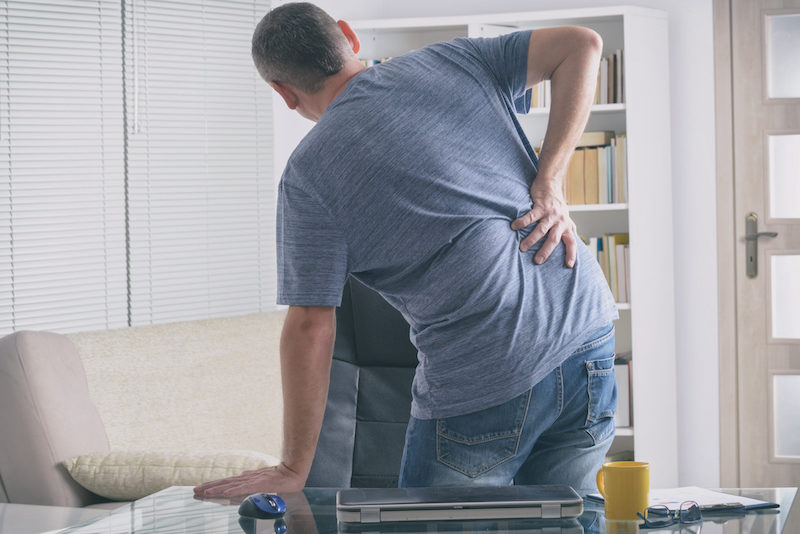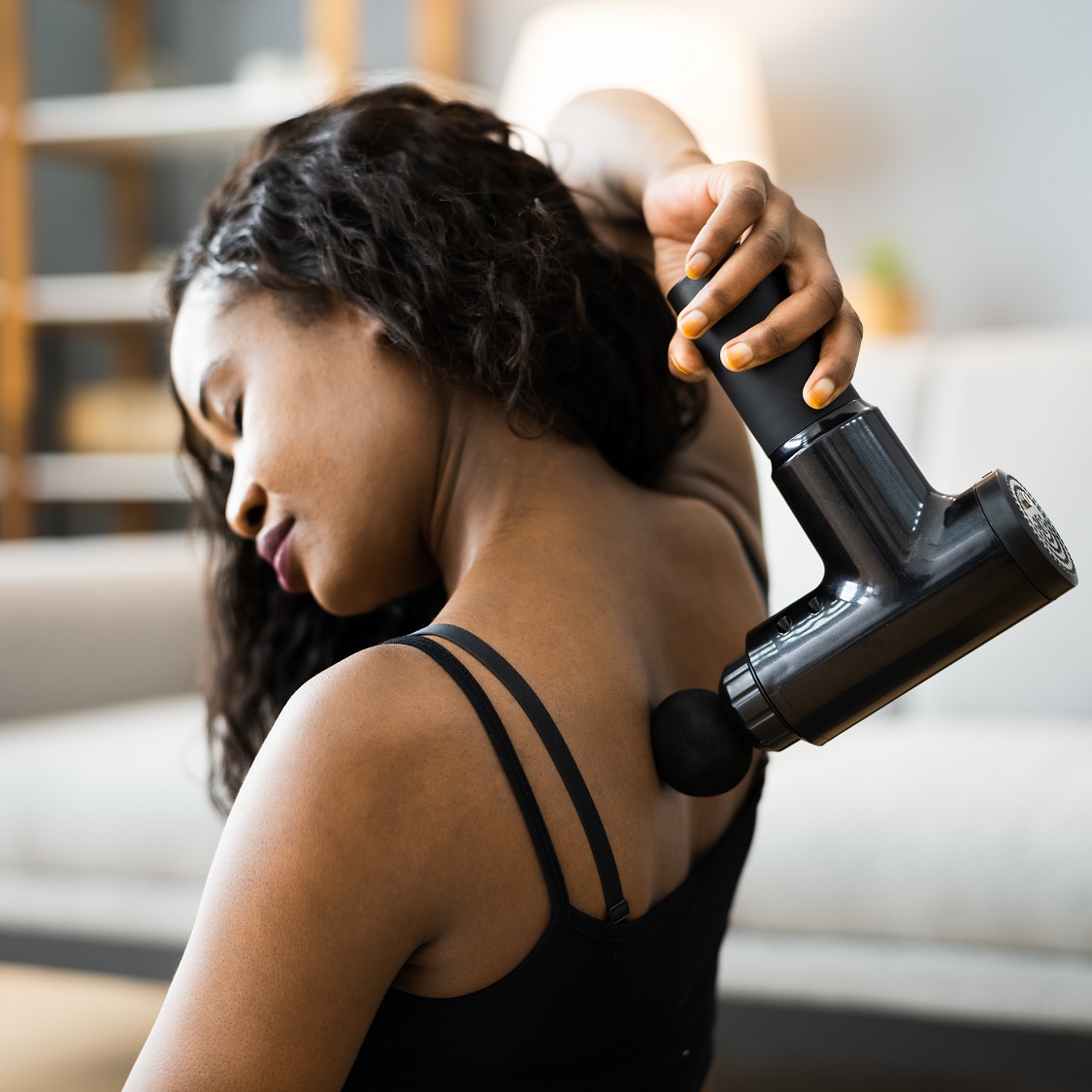Do Topical Patches Work for Back Pain?

June 14, 2022
About 1 in 4 Americans have experienced lower back pain during the past 3 months. If you’re seeking pain relief but you don’t want to take oral medication, there are other options to consider, like topical patches.
“Some people like adhesive patches, because they don’t cause some of the side effects that are associated with taking medication orally,” says Laurent Delavaux, M.D., an interventional pain management specialist at JFK Johnson Rehabilitation Institute.
“Other people would rather take a pill because topical patches can cause skin sensitivity or irritation, making it difficult to wear a patch comfortably over a period of time. In rare cases, people have been burned by the active ingredients in topical skin patches. Both options are effective, but it comes down to the patient as an individual to find what will work best.”
Topical patches are available with a variety of ingredients, including:
- Capsaicin. These patches may feel hot to the touch, because their active ingredient is derived from spicy peppers. Capsaicin helps to relieve back pain by keeping nerves in the affected area from communicating with the brain, thus disrupting the ability to recognize and feel pain.
- Diclofenac. This non-steroidal anti-inflammatory drug helps to relieve pain and reduce inflammation. It works by preventing your body from producing prostaglandins, substances which may be produced at an injury site and which cause pain.
- Lidocaine. Lidocaine is a numbing agent. Placing an adhesive lidocaine patch on your sore back may help to relieve your discomfort by preventing the nerves in the affected area from sending your brain pain signals.
- Menthol. These patches may feel cool to the touch, because their active ingredient is derived from peppermint plants. Menthol’s cooling sensation helps to reduce back pain by making nerves in the affected area feel less sensitive.
- Methyl salicylate. Derived from wintergreen plants, methyl salicylate patches also have a cooling sensation on the skin. The topical patch serves as a counterirritant, sitting on the skin and providing different sensations that help to distract the body from the pain.
If you choose to wear topical patches for pain relief:
- Follow the instructions carefully. Don’t wear the patch for longer than is recommended, and don’t apply more patches at one time than is recommended.
- Wash and dry the area where you will be placing a patch.
- Don’t apply an adhesive patch to an area of skin that has cuts or sores.
- Ask your doctor or a pharmacist if you should stop wearing topical patches after a certain number of days.
- Don’t use an electric blanket or otherwise expose a topical patch to heat while you’re wearing it.
To encourage your back pain to dissipate quickly, our expert recommends:
- Taking oral medication for pain relief as needed.
- Staying active; go for walks and keep moving, to engage your muscles.
- Thinking twice before lying in bed to recover; that’s outdated advice, and it may delay your recovery.
- Applying a heating pad to your sore back, but only if you are not using topical pain-relief patches. Never apply heat when you are wearing a topical patch. Read the instructions that come with topical patches to see if you can apply heat after you’ve removed the patch.
- Going for physical therapy. You can strengthen your core muscles and improve your flexibility and range of motion, which may help your back feel better.
Next Steps & Resources:
- Meet our source: Laurent Delavaux, M.D.
- To make an appointment with Dr. Delavaux, or a doctor near you, call 800-822-8905 or visit our website.
- To learn more about sports injury and pain medicine rehabilitation, visit our website.
The material provided through HealthU is intended to be used as general information only and should not replace the advice of your physician. Always consult your physician for individual care.







